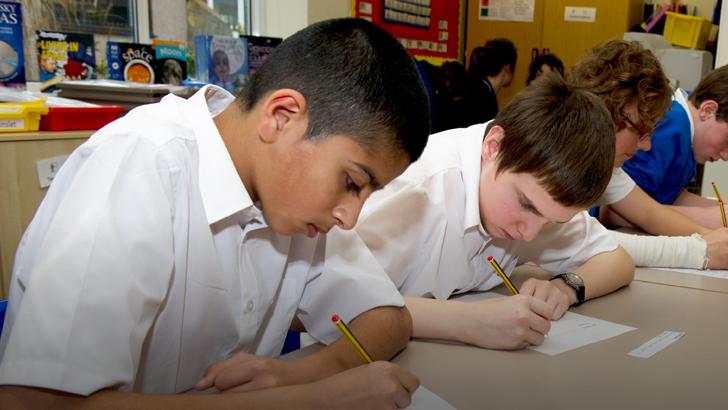
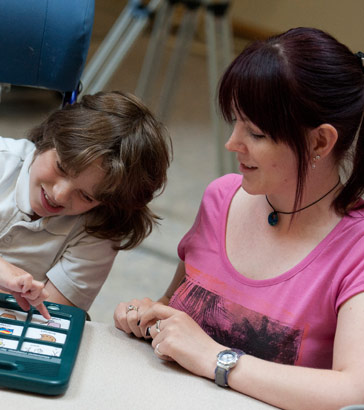
Level B of this module introduces assessment, monitoring and evaluation approaches, especially the analysis of language
and communication skills which are crucial to all learning and improved quality of life.
It covers a range of structured observations of children's responses to visual, auditory and other stimuli to identify learning
objectives for teaching basic communication of wants, needs and emotions.
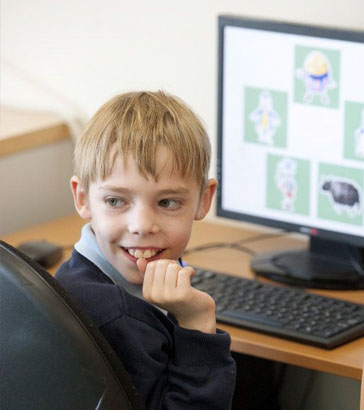
The materials in this level are intended to provide those working with children with SLD/PMLD/CLDD the tools to be able to:
- Use structured observations of children's responses to visual, auditory and other stimuli to identify learning objectives for teaching basic communication of wants, needs and emotions; and
- Make summative assessments of children’s attainment in a particular strand of learning in relation to the p-scales.
Details of the professional standards which apply to all teachers in England can be obtained from the Department for Education website. These standards apply to all teachers regardless of their career stage and all aspects of the standards are relevant to teachers working with children with special educational needs.
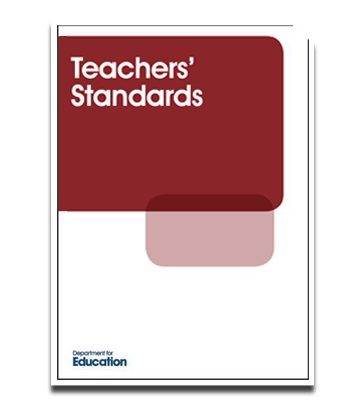
As defined by the Department for Education Special Educational Needs Code of Practice (2001), 'Special Educational Needs' refers to children who have a learning difficulty. This means that they either:
- Have a significantly greater difficulty in learning than the majority of children of the same age; or
- Have a disability which prevents or hinders them from making use of educational facilities of a kind generally provided for children of the same age in schools within the area of the local education authority.
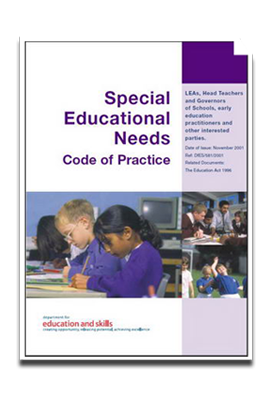
With thanks to the professionals who contributed to this module:
Module Content
Dr Rob Ashdown, Headteacher, St Luke’s Primary School, Scunthorpe
Dr Tina Rae, Academic and Professional tutor Doctorate in Educational and Child Psychology, University of East London
Eileen Visser, HMI Rtd , Inclusion and Diversity
All modules produced by The Schools Network and
Real Group (UK) Ltd for the Training Development Agency for Schools (TDA).
Editorial Team
Dr Mark Turner, Real Group (UK) Ltd
Professor Hilary Constable, The Schools Network
Jo Egerton, The Schools Network
Anne Fowlie, The Schools Network
John Truman, The Schools Network
Annie Grant, Independent Consultant
Production and Design
Jonathan Bond, Real Group (UK) Ltd
Colm Gibson, Real Group (UK) Ltd
David Hutter, Real Group (UK) Ltd
Ruth Earl, Real Group (UK) Ltd
Video, Audio and Photography
Atomic Productions
Project Management
Professor Barry Carpenter, The Schools Network
Alan Macgregor, Real Group (UK) Ltd
Sylvia Paddock, The Schools Network
Dr Mark Turner, Real Group (UK) Ltd
Caroline Ward, The Schools Network
Thanks to all the children, parents, carers, assistants and teachers for their involvement.